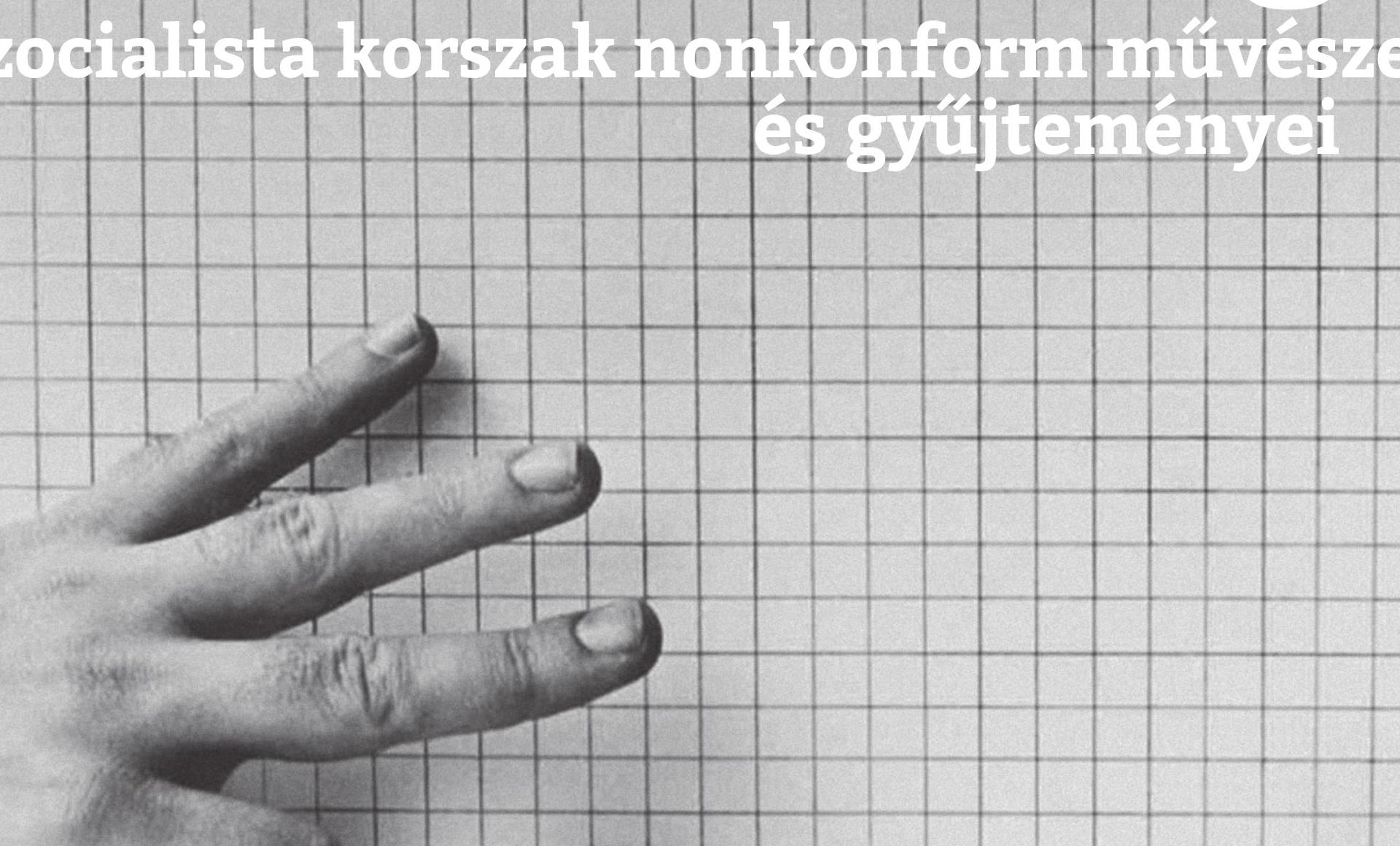From Grey Zone to Cultural Dissent. Nonconform Art of the Socialist Era and its Collections
From Grey Zone to Cultural Dissent
Nonconform Art of the Socialist Era and its Collections
Conference
Organizers:
Kassák Museum
COURAGE International Research Project coordinated by the Research Centre for the Humanities of the Hungarian Academy of Sciences
Date: 20-21 March 2017
Venue: Kassák Museum (1033 Budapest, Fő tér 1.)
The goal of the conference is to start a dialogue on the history of art collections that cover the counterculture and cultural dissent of the socialist era. The conference highlights the post-1989 transformation of those collections that did not fit with the official aesthetical ideology between the 1950s and the 1980s. After the transition these peripheral collections of the socialist era have become the mainstream of collecting art.
Systemizing collections is a highly important task for historians. Was the origin of the collection a state-led action or a private initiative? Were they created after or before the transition? What kind of art did they collect? Thus the conference addresses the historical memory of the cultural dissent and opposition so it invites us for a joint reflection.
The notion of cultural dissent is part of a discourse that includes avant-garde, neo-avant-garde, nonconform, unofficial, alternative and underground art as well. However, the meaning of these terms has changed a lot since the Rákosi-era. While in the 1950s surrealism and abstraction was regarded as nonconform art, from the 1960s actionism and new figuration took over this role. By the 1970s the official cultural politics became more permissive from aesthetical aspects. This meant that in the 1980s the meaning of "counterculture" was overwritten again.
For more information and the detailed program of the conference, please visit its website.
You can find more on the COURAGE International Research Project on the following links:
http://cultural-opposition.eu/
https://www.facebook.com/couragecollections.en/

